Save Water By Making These Eco-Friendly Changes To Your Yard

Fact: Americans use a lot of water (400 gallons a day to be exact), with more than 30 percent of that amount being used for watering lawns and gardens. Landscape irrigation accounts for approximately one-third of all residential water use, but the real problem is that experts estimate more than 50 percent of this H20 is wasted due to improper care. The good news is that there is a solution — several, actually — to solve this dilemma. Here are a few eco-friendly ways to save water in your own backyard.
Tweak Your Lawn
The lawn is the most obvious place to start, as every homeowner has one, regardless of its size. Reduce the amount of thirsty turf grass by replacing it with other low-maintenance (yet attractive) options, such as moss, creeping Charlie, sweet woodruff, creeping thyme, red clover, chamomile, snow-in-summer, and Dutch clover. Keep in mind that while there are additional pros aside from being drought-resistant (think little or no mowing, no need for fertilizer, and being pest-resistant, quick spreading, resilient, soil-enriching, etc.), there can be some cons, such as fragility or needing shade or sun to thrive. Consider both your lifestyle (kids, pets, etc.) and the amount of available light before making a commitment.
Plant a Tree
While it might seem counterintuitive, planting a tree is a great way to work toward water conservation. According to Next City, trees use about 2.5 millimeters of water per day, while Turfgrass uses up to 10 millimeters per day. Plus, the benefits of trees increase the amount of shade over grass, thus helping reduce water use. When choosing a tree, your best bet is to purchase one from a nursery. Doing so enables you to determine the ultimate size of the tree, how best to plant and where to plant, as well as how often to water.
Water Correctly
Many people tend to overwater their garden and yard, but there are a few general rules that can help you reduce water costs while saving you some time. Give your grass the foot test by walking on it. If the blades spring back, skip watering. If not, turn on the sprinklers unless rain is on its way. Just make sure the water is actually being absorbed. If you see runoff or puddles,
too much water is being added at once. Only water the roots of your perennials, annuals, and shrubs — not the leaves. Along with saving water, you're reducing the risk of fungal disease and evaporation.
It's also important that you're using the right amount of water. This is typically dependent upon the type of soil you have. Light, sandy soils typically need watering more often than heavy soils; clay-based soils can be watered less frequently, but need more water than other varieties. Typically, plants need up to 5.2 gallons per square foot every seven to 10 days in order to keep growing. To check when you need to water, look at the soil that's about a spade-deep down. If it’s damp, it’s fine, but if it’s dry, it means it's time to water. An exception to the rule is if a drought is on the horizon. In this case, you may want to water a bit more frequently to keep the moisture level up in the soil.
Use The Right Watering Technique
The watering techniques you're using can make a big difference on whether you're saving or wasting H20. Sprinklers are great for covering wide areas, but not specific sections of your garden. While a watering can and/or hose is more strategic, it's definitely more labor intensive. Consider an automated irrigation system that allows water to trickle or drip into areas of choice based on how you choose to program it. Seep hoses literally allow water to seep out of several holes within the hose, but you should definitely keep an eye out for leaks or plugs, as this can cause a backup.
Prepare For A Drought
Think you don't live in an area susceptible to a drought? Think again. While the western half of the U.S. continues to be a target, all states have been affected, thus creating a nationwide concern. With that in mind, prepare by reusing grey water from baths and washing machines and building a DIY system to collect rainwater.
If you decide to take on any of these projects yourself, make sure you have the right gear, such as protective gardening gloves and functional work boots. Take the time to thoroughly research a project before deciding if you can commit to it. With a little know-how, you can have a more environmentally friendly yard and reduce your water waste.
Photo Credit: Pixabay

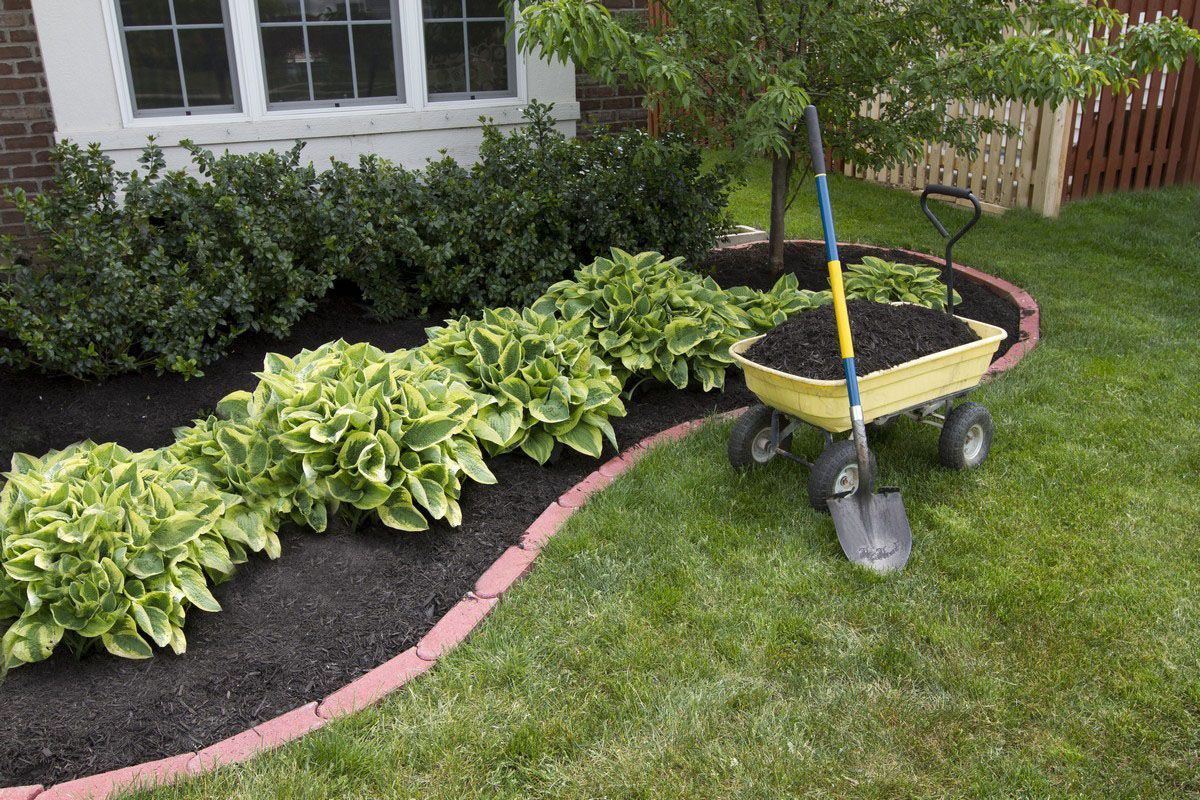
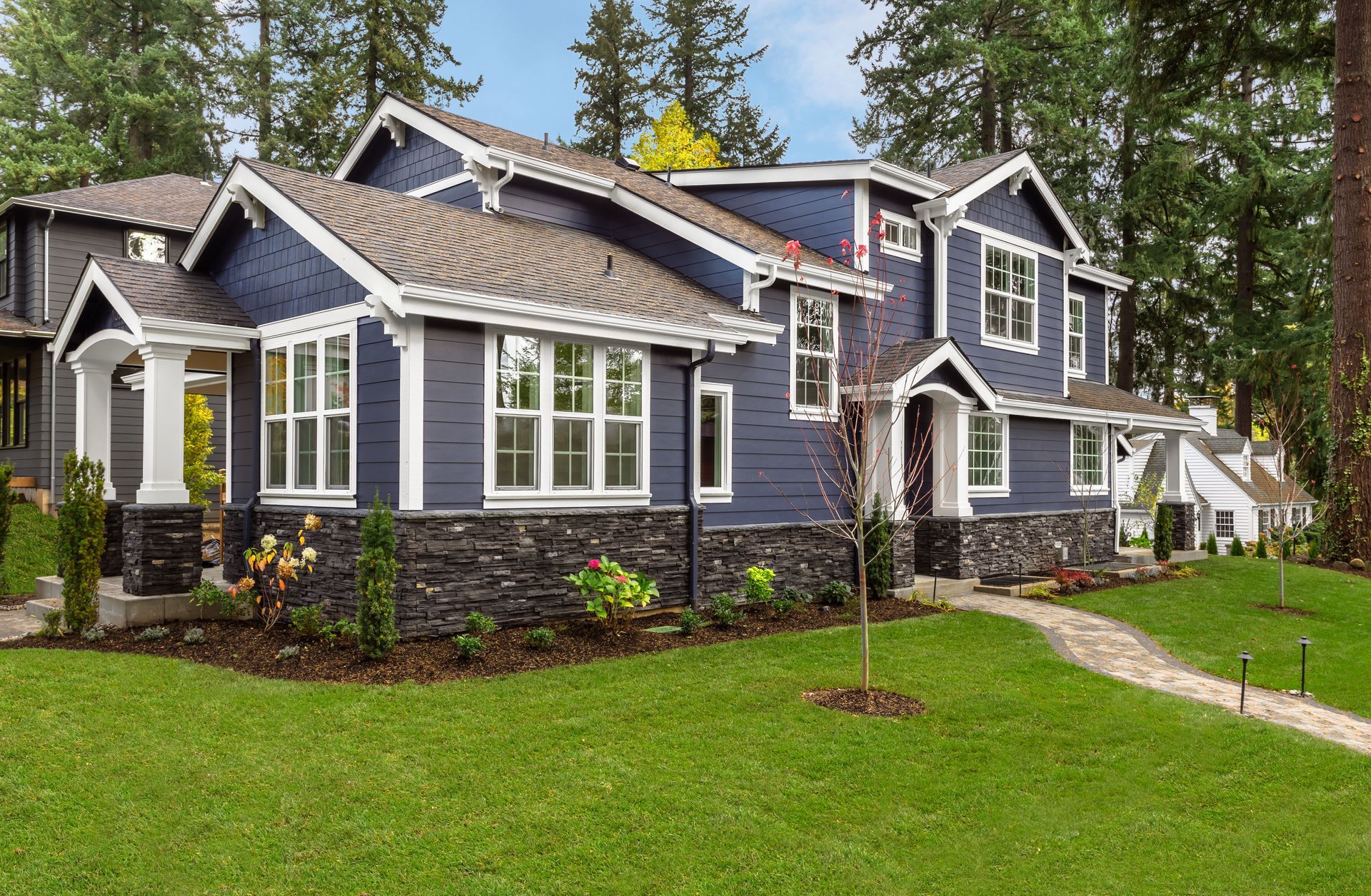
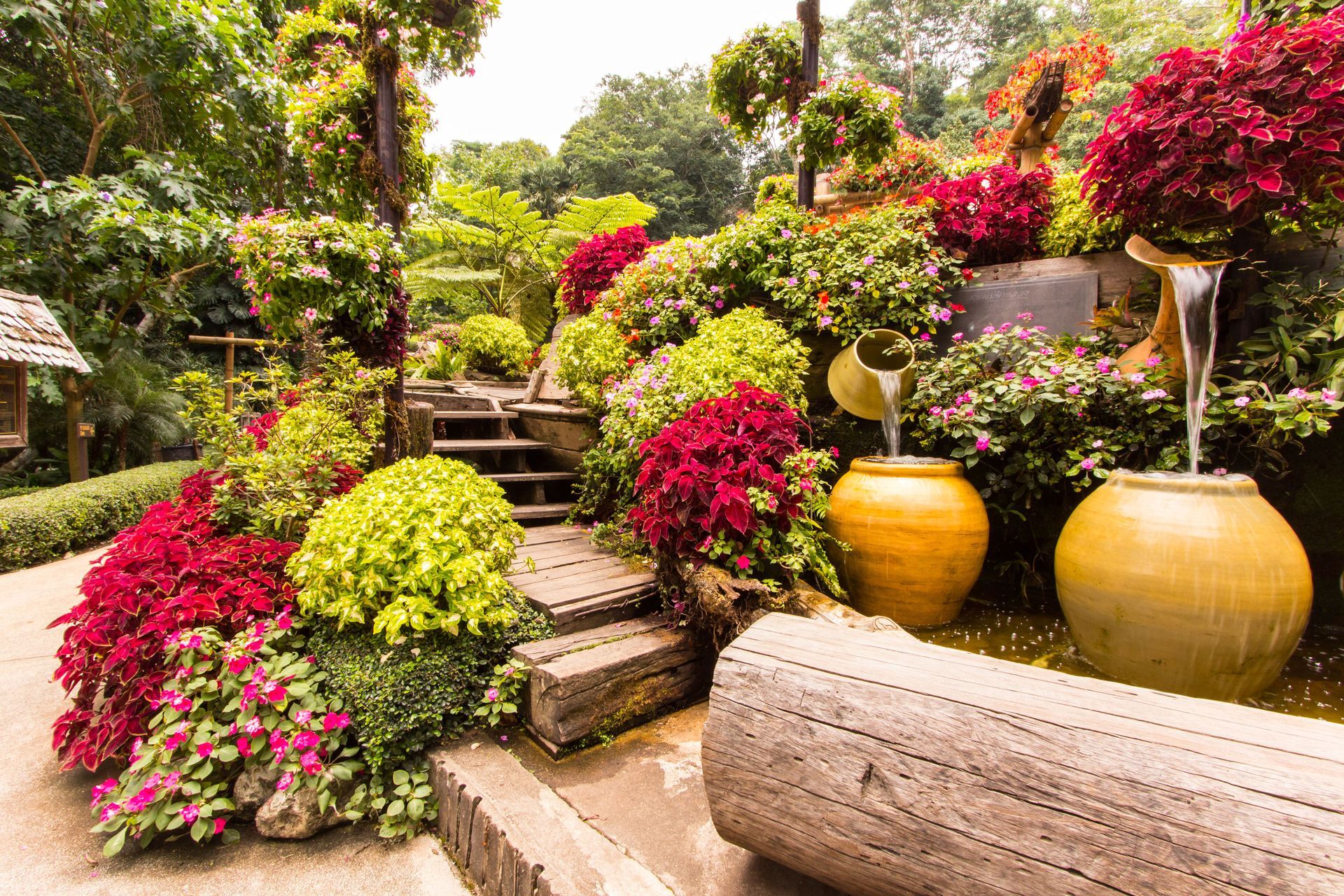
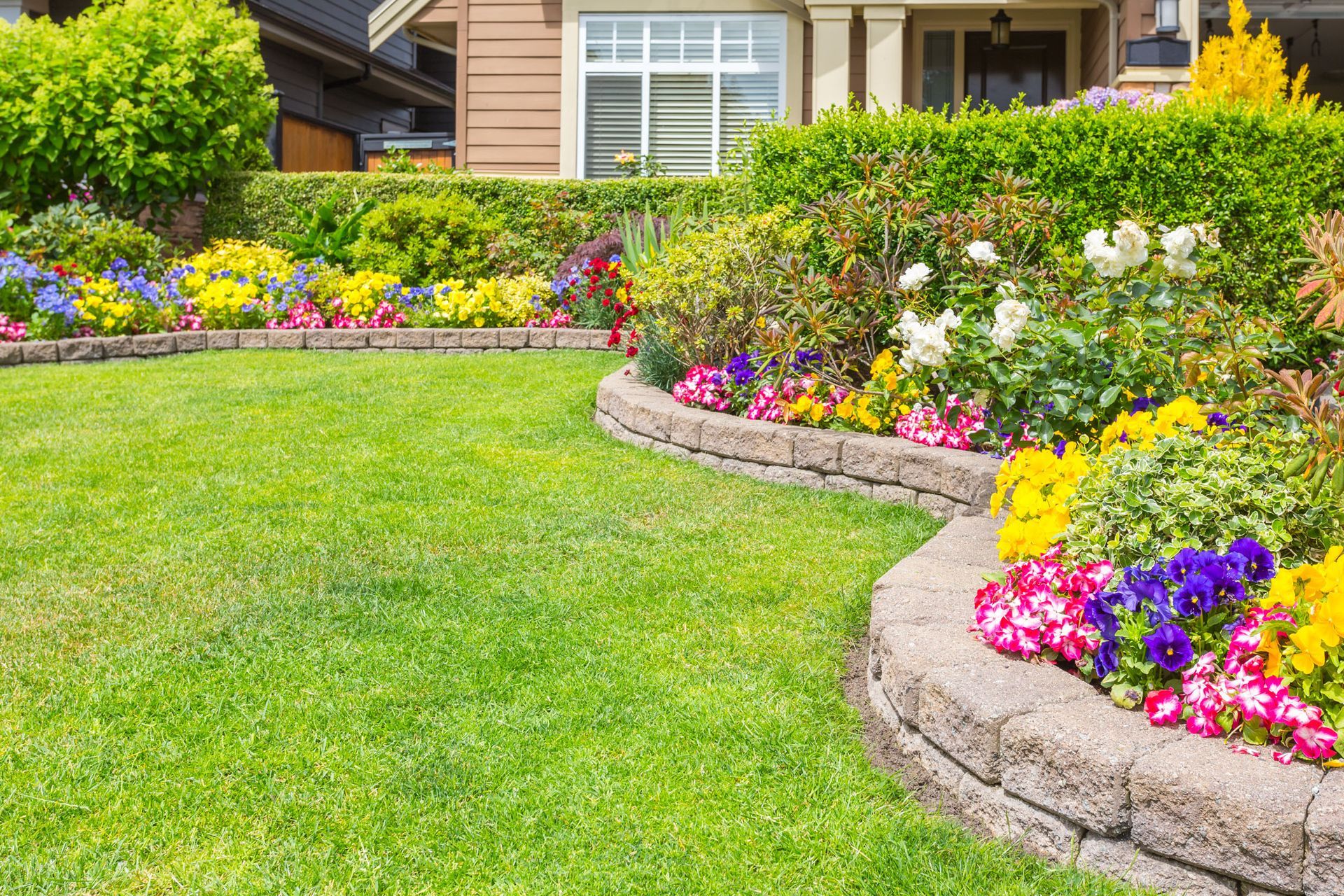
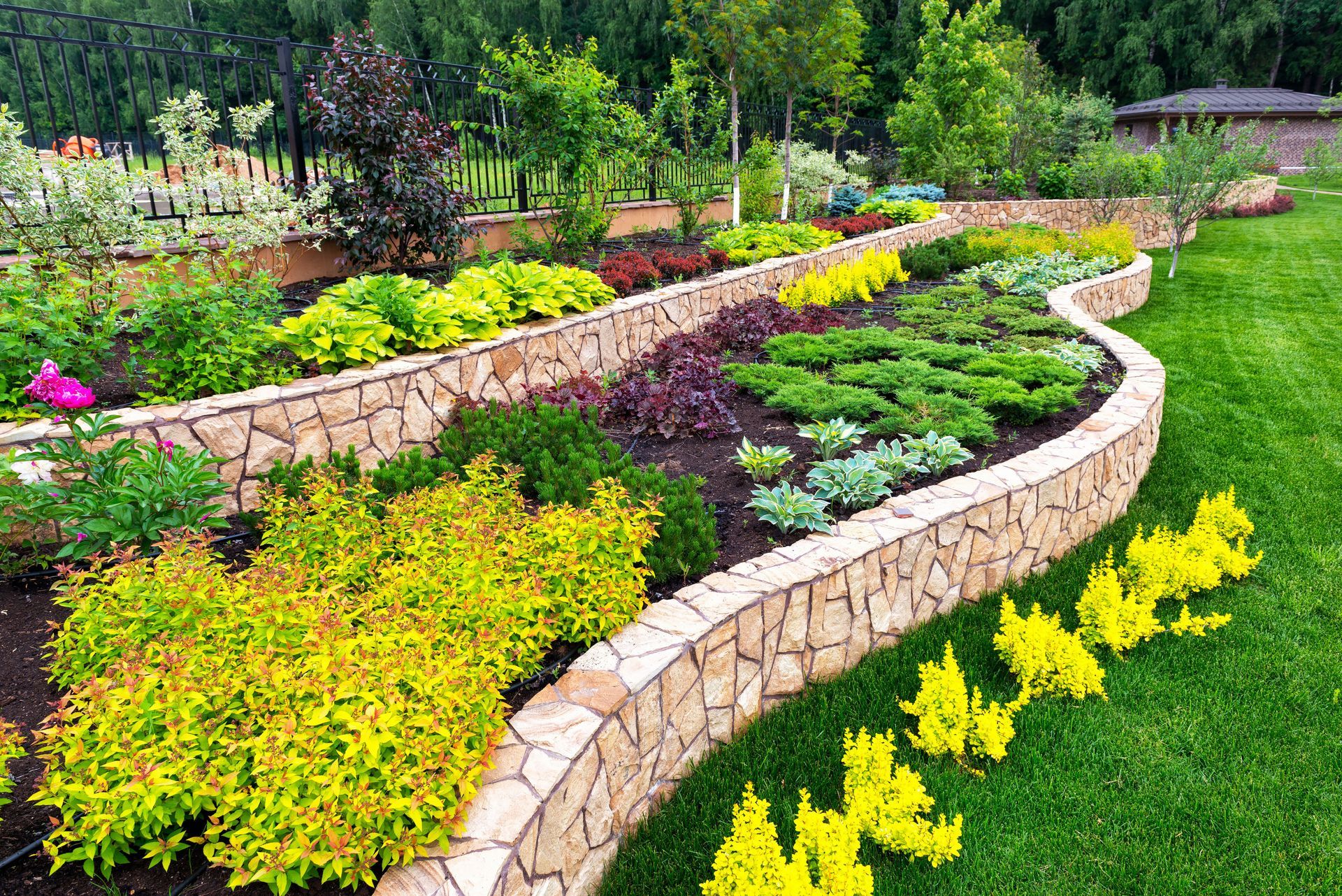
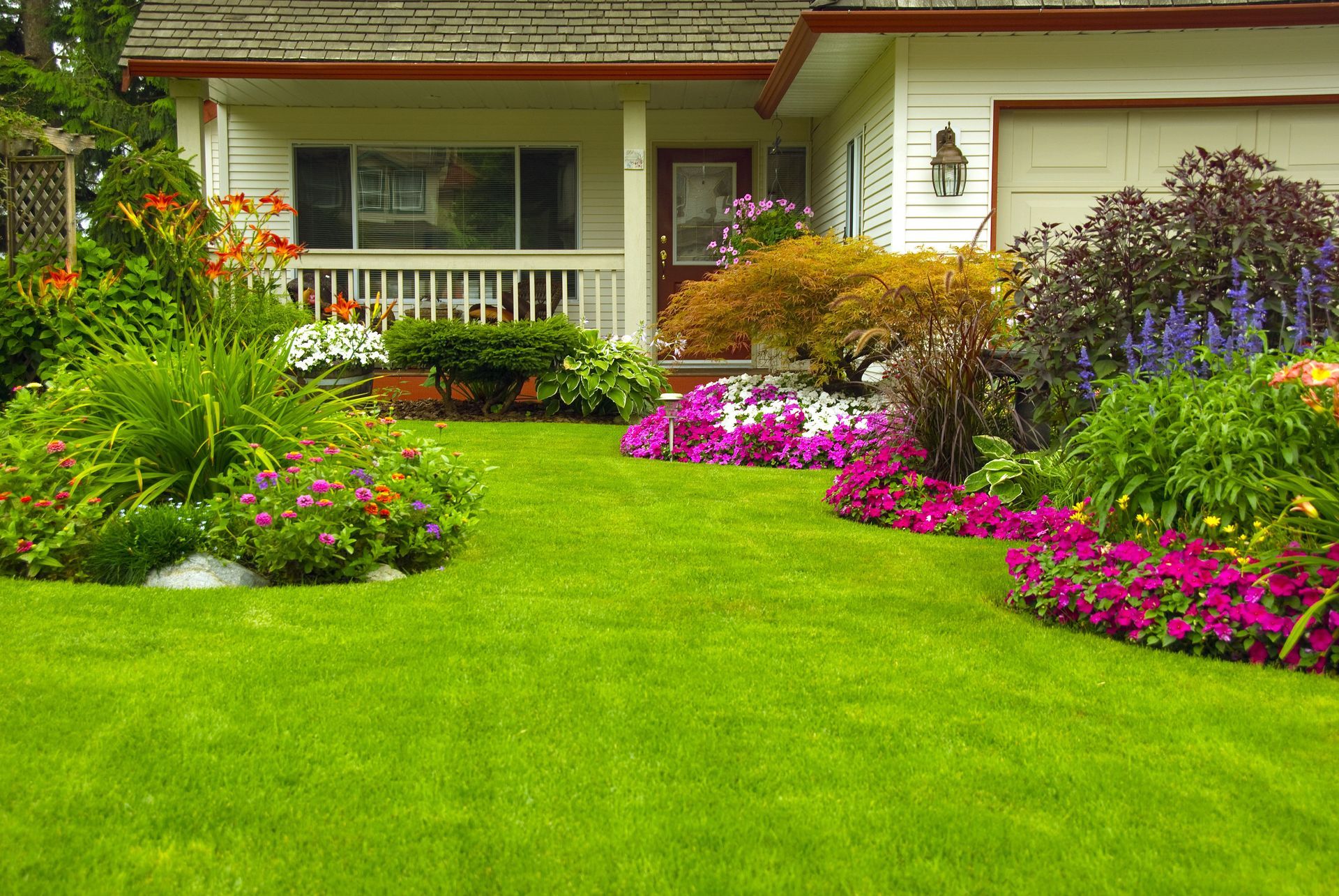
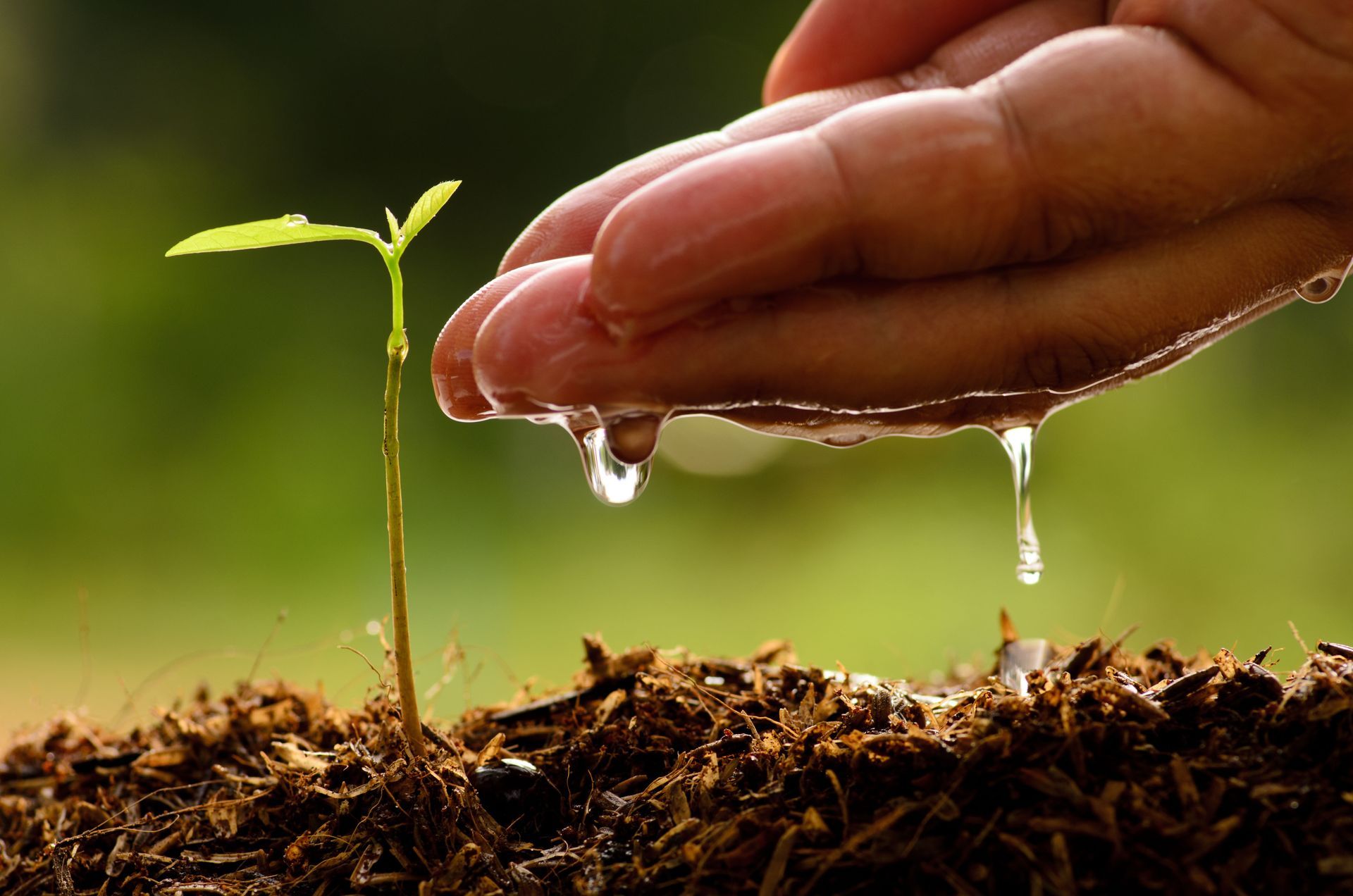
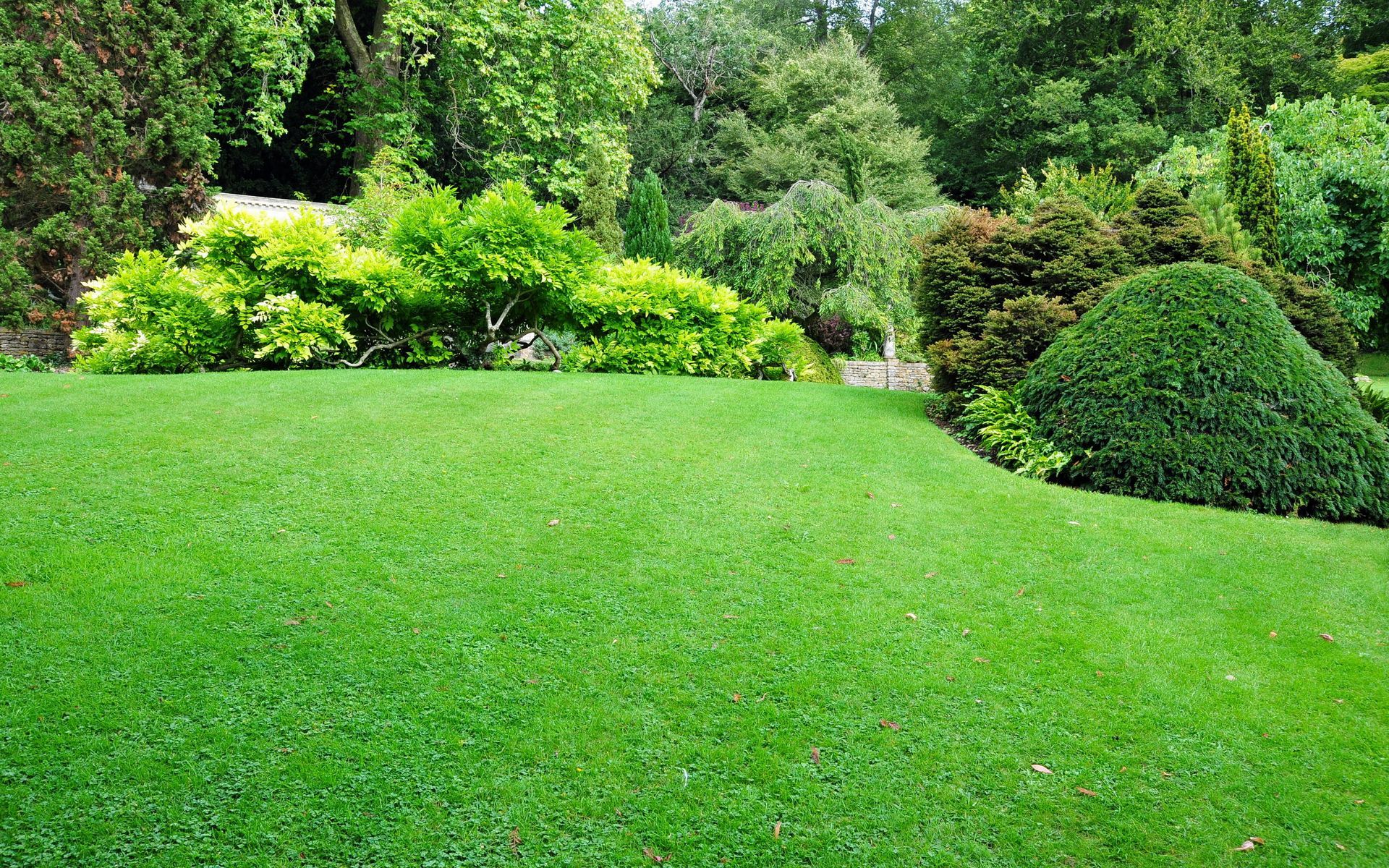

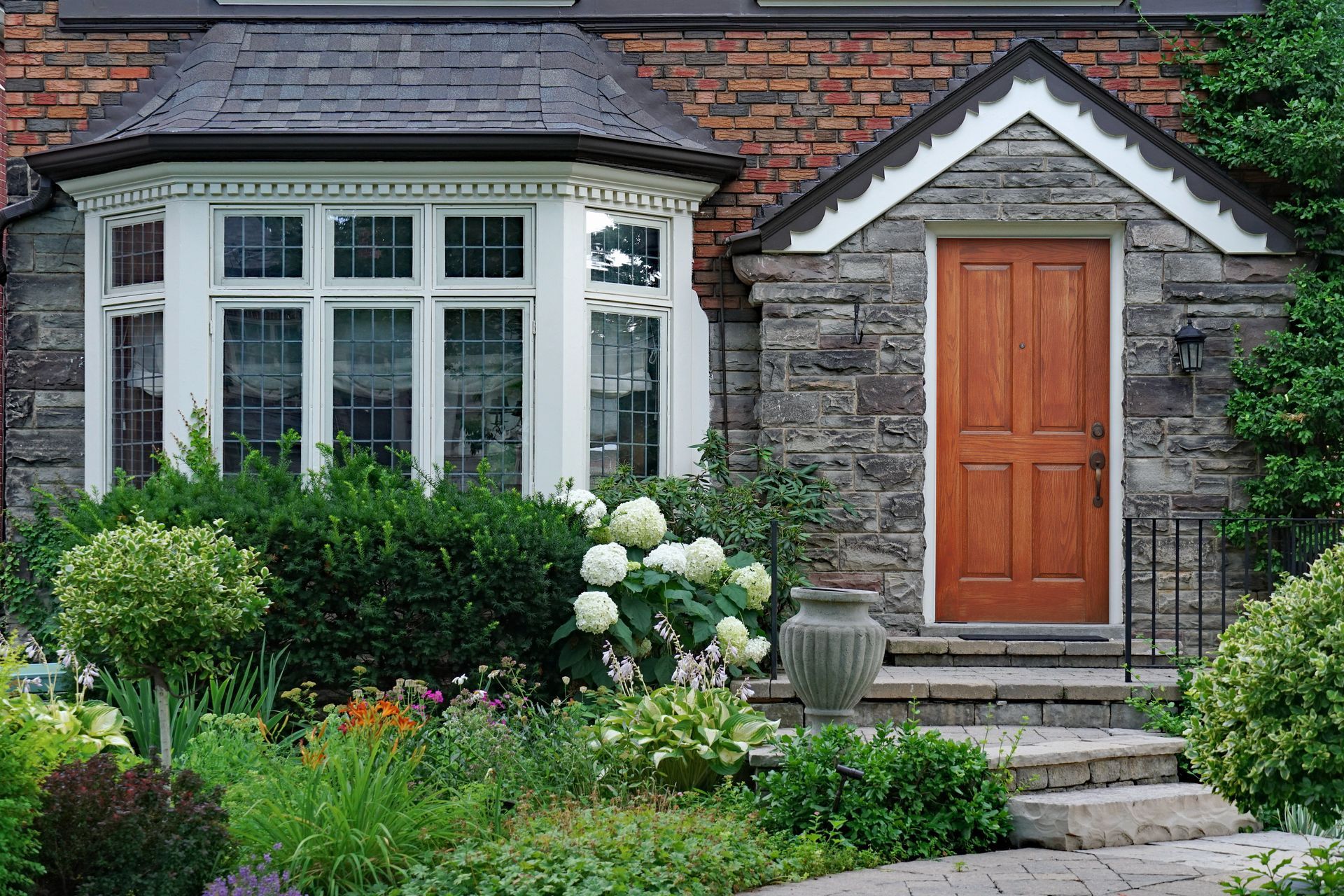
Share On: